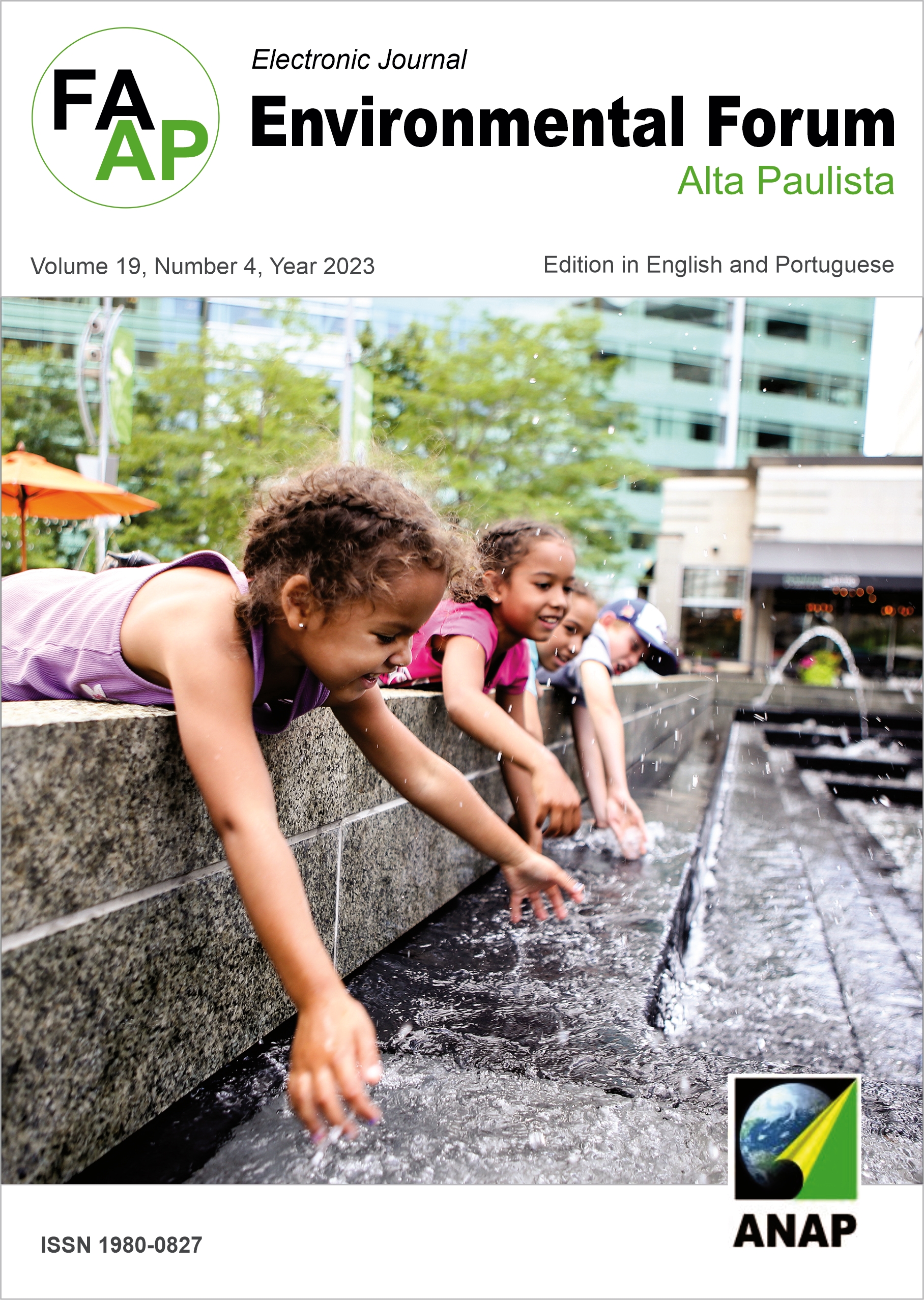Urban free spaces: possibilities and potentialities along the Biriguizinho Stream in Birigui-SP
DOI:
https://doi.org/10.17271/1980082719420234291Keywords:
Landscape. Free spaces. Urban Voids. Urban Rivers.Abstract
Free public spaces are elements of vital importance in the social and spatial constitution of the urban landscape. This theme has been addressed by several publications on the construction of the urban environment, especially regarding the design and use of spaces. With factors such as gentrification and real estate speculation driven by the prioritization of the economy, social segregation and the so-called urban voids have become increasingly visible. Every city needs a relationship between full and empty spaces, but the so-called urban voids are places of no use and eventually become devalued, unused, and neglected. The history of the city of Birigui, located in the state of São Paulo, was marked by the passage of the Noroeste do Brasil Railroad. The town expanded into the valley of the Biriguizinho stream, presenting an improper occupation of its banks, especially in the second half of the 20th century. Without adequate planning, the city was divided into regions with well-defined uses (without multifunctionality), which culminated in the so-called urban voids, spaces with potential but without value. This paper aims to identify the free spaces on the banks of the Biriguizinho Stream that lies in the city of Birigui-SP, looking for traces of historical layers that overlap and compose the city, and verifying the possibilities and potentialities to form a system.
Downloads
Downloads
Published
Issue
Section
License

This work is licensed under a Creative Commons Attribution-NonCommercial-ShareAlike 4.0 International License.












